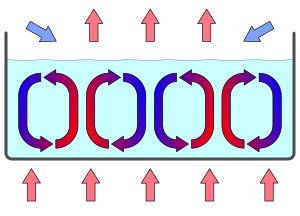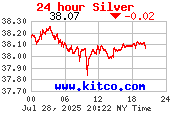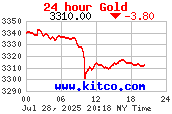The study of complexity, or chaos, informs us of patterns of regularity that lie hidden in our world, but which spontaneously manifest themselves to generate the order that we like to pretend authorities have created for us. There is much to discover about the interplay of unseen forces that work, without conscious direction, to make our lives more productive and peaceful than even the best-intended autocrat can accomplish. As the disruptive histories of state planning and regulation reveal, efforts to impose order by fiat often produce disorder, a phenomenon whose explanation is to be found in the dynamical nature of complexity. In the words of Terry Pratchett: "Chaos is found in greatest abundance wherever order is being sought. Chaos always defeats order because it is better organized." ~ Butler Shaffer


If we progressively increase the temperature of the bottom plane, there will be a temperature at which something dramatic happens in the liquid: convection cells will appear. The microscopic random movement spontaneously becomes ordered on a macroscopic level, with a characteristic correlation length. The rotation of the cells is stable and will alternate from clock-wise to counter-clockwise as we move along horizontally: there is a spontaneous symmetry breaking.
[T]he deterministic law at the microscopic level produces a non-deterministic arrangement of the cells: if you reproduce the experiment many times, a particular position in the experiment will be in a clockwise cell in some cases, and a counter-clockwise cell in others. Microscopic perturbations of the initial conditions are enough to produce a macroscopic effect: this is an example of the Butterfly effect from Chaos theory.




No comments:
Post a Comment